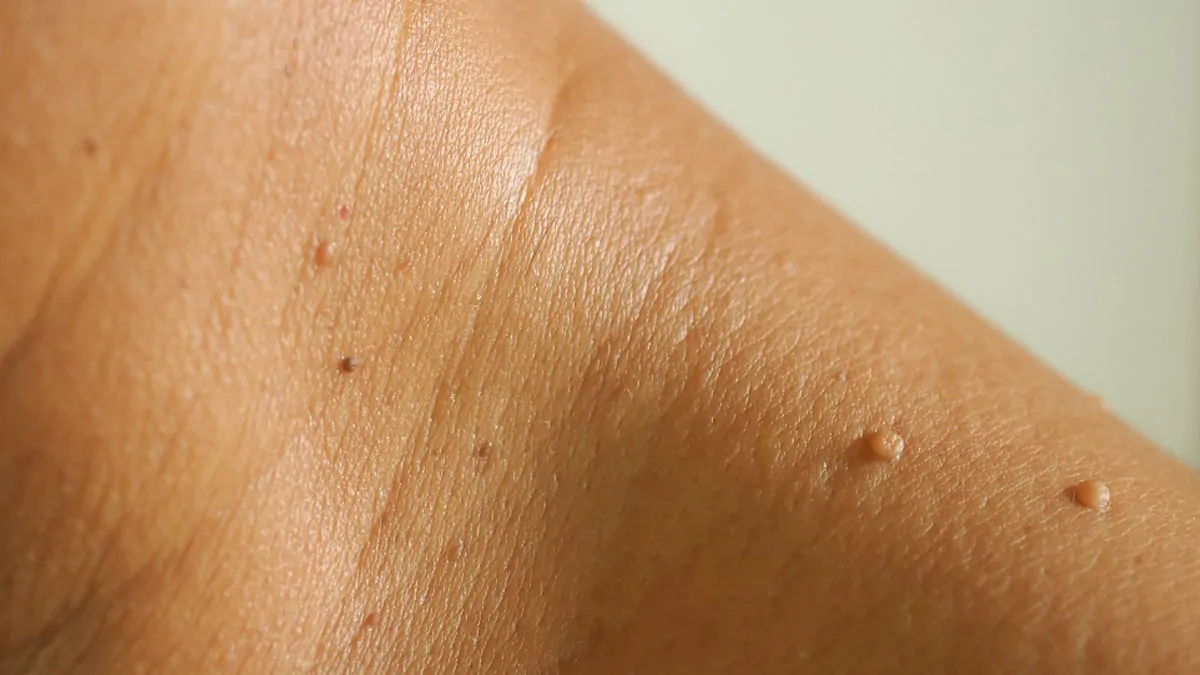Athena Skin Hair & Dental Clinic
Wart & Skin Tags Removal

What is Wart & Skin Tags Removal
What Are Warts and Skin Tags?
Warts: Warts are small, rough, and raised growths caused by the Human Papillomavirus (HPV). They can appear anywhere on the body but are most commonly found on the hands, feet, and face.
Skin Tags: Skin tags are soft, benign growths that usually develop in areas where the skin rubs together, such as the neck, armpits, eyelids, and under the breasts. They are made of loose collagen fibers and blood vessels enclosed in the skin.
Causes of Warts and Skin Tags
Warts:
Direct contact with HPV-infected skin or surfaces
Weak immune system
Skin injuries or cuts
Sharing personal items (towels, razors)
Skin Tags:
Friction or constant rubbing of the skin
Obesity
Diabetes and insulin resistance
Genetic predisposition
Hormonal changes, especially during pregnancy
Symptoms of Warts and Skin Tags
Warts:
Small, grainy, rough texture
Flesh-colored, white, pink, or brown
Pain or discomfort when located on weight-bearing areas (like soles of feet)
Cluster formation (common in plantar warts)
Skin Tags:
Soft, flesh-colored, or slightly darker
Painless, small, and hanging off the skin
Typically 1-5 mm in size but can grow larger
No pain unless irritated or twisted
Wart and Skin Tag Removal Procedures
Several safe and effective methods are available for the removal of warts and skin tags, including medical and home-based treatments.
Medical Procedures
Cryotherapy (Freezing Treatment)
Liquid nitrogen is applied to freeze and destroy the growth.
Effective for warts and skin tags, causing them to fall off within a few days.
Electrocautery (Burning Method)
Uses electric current to burn and remove the growth.
Quick and effective but may leave a minor scar.
Laser Removal
High-energy laser beams are used to destroy warts or skin tags.
Suitable for larger, stubborn warts or tags.
Excision (Surgical Removal)
The dermatologist uses a scalpel or surgical scissors to cut off the growth.
Performed under local anesthesia with minimal pain.
Chemical Peels
Salicylic acid or other chemical solutions are applied to dissolve warts.
Requires multiple sessions for complete removal.
Home Remedies (For Small Skin Tags and Warts)
Apple cider vinegar: Applied with a cotton ball to dry out the growth.
Tea tree oil: Natural antimicrobial properties may help shrink the tag.
Duct tape method: Used for wart removal by suffocating the growth.
Over-the-counter creams: Available to gradually dissolve warts.
Prevention of Warts and Skin Tags
Maintain proper hygiene and wash hands regularly.
Avoid direct contact with infected skin or surfaces.
Keep skin dry and prevent excessive friction in folds.
Maintain a healthy weight to reduce skin friction.
Do not share personal care items such as razors or towels.
Strengthen the immune system through a balanced diet and exercise.
Recovery and Aftercare
Immediate Recovery: Most procedures have minimal downtime, and healing occurs within 7-14 days.
Aftercare Tips:
Keep the treated area clean and dry.
Avoid picking or scratching the scab to prevent scarring.
Apply prescribed ointments or antiseptic creams.
Protect the skin from direct sunlight to avoid pigmentation.
Follow up with a dermatologist if irritation or infection occurs
